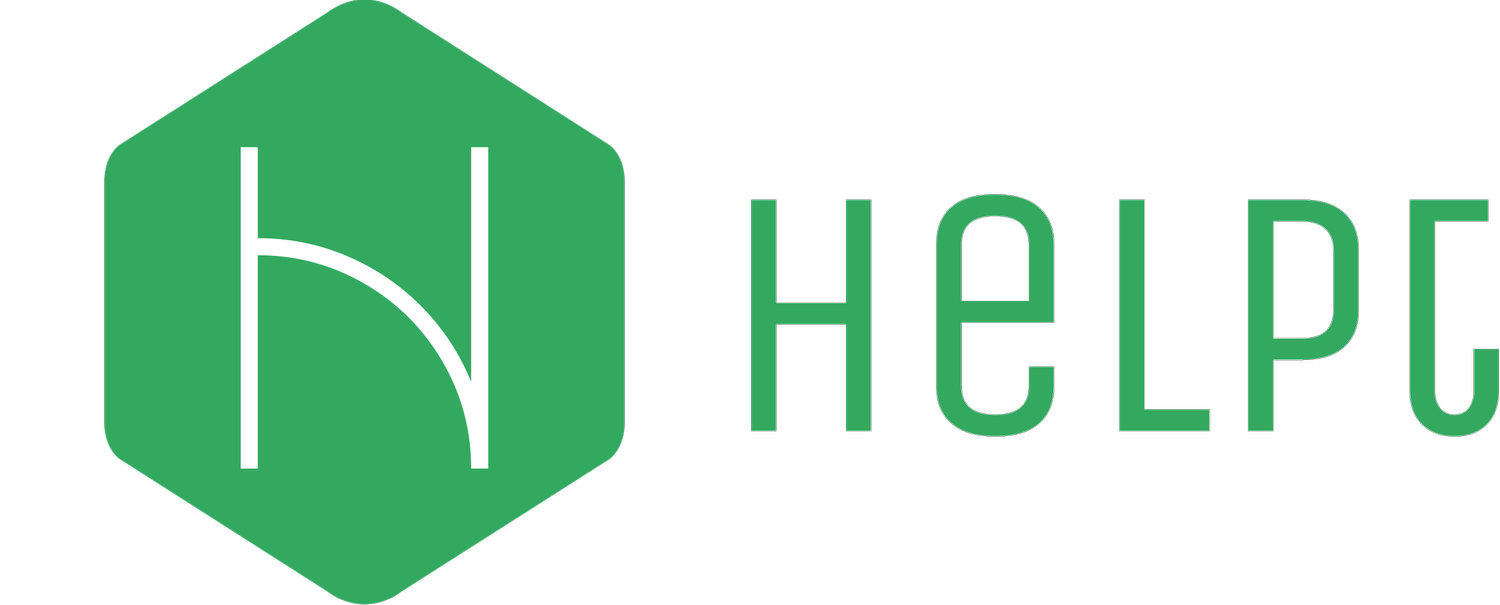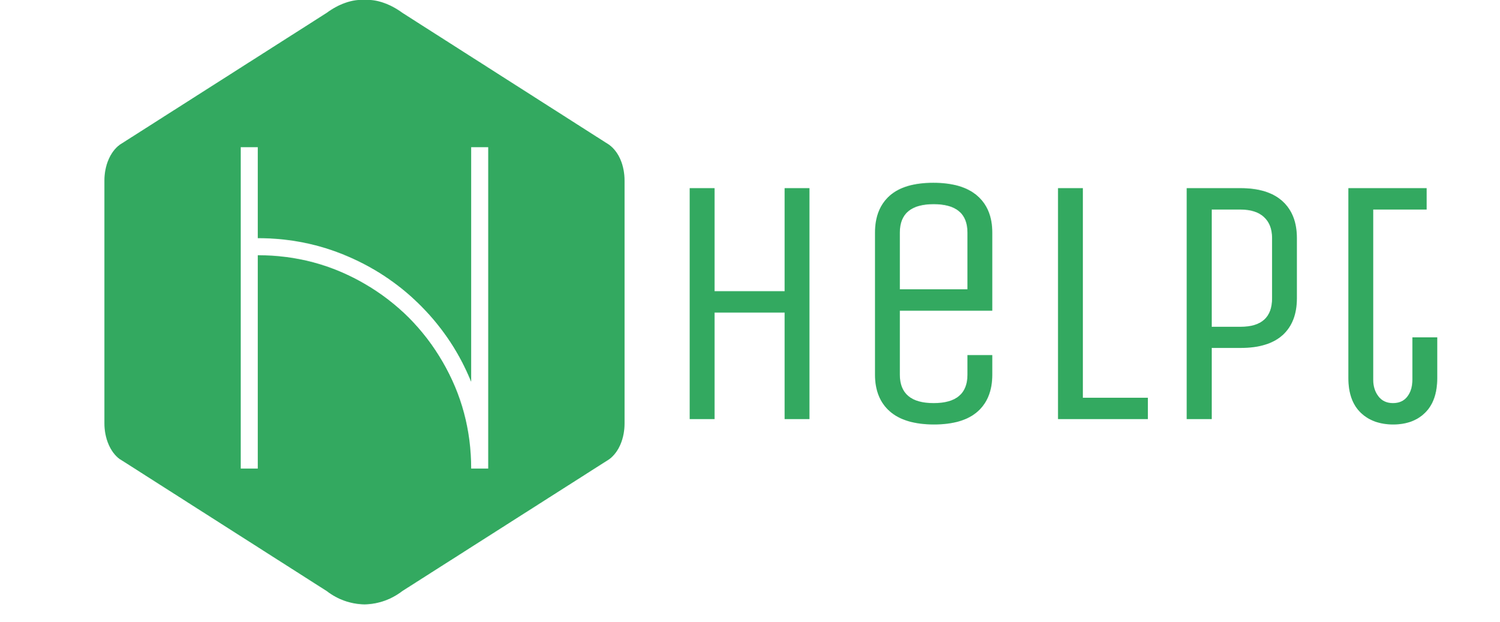Stop Tool Creep in Its Tracks: How to Choose the Perfect Tools for Your MSP
Do you ever find yourself sitting at your computer for hours at a time looking for the perfect tool for your business? Do you scroll through Reddit thread after Reddit thread, occasionally supplementing your search with some YouTube videos and top 50 lists written by a company that wants to take your money? You're not alone. Nowadays there's a solution for every minor inconvenience, but finding the "right" tool for your Managed Service Provider (MSP) business can feel like searching for a needle in a haystack. You probably gravitate towards the tool that has the longest list of features and the prettiest solutions page. However, what you truly need are business-friendly tools that streamline your workflows, boost profitability, and most importantly, keep things simple. So, ditch the tool creep, and let’s discover how you can find the tools that will take your MSP to the next level!
The Problem: Tool Creep and Unfriendly Choices
A term you may have heard of is feature creep, which is the result of a product team adding so many features that the product ends up becoming too complicated or confusing. An example that we may all be familiar with is early versions of Microsoft Word that were packed with so many options that it became exceedingly difficult to use. Sometimes you can eat too much ice cream, and this applies to choosing business-friendly tools for your MSP as well.
Here's a common scenario: You discover a tool with cutting-edge features for remote monitoring. It seems perfect! But upon closer inspection, you realize it doesn't integrate with your existing ticketing system, forcing you to juggle multiple platforms and creating a data silo. Additionally, the implementation requires extensive training for your technicians, further straining your resources. This "good" tool has just become a drain on your time, money, and overall efficiency.
This phenomenon, known as tool creep, is a major pitfall for many MSPs. You might find yourself accumulating a collection of tools that are technically proficient, but ultimately create more complexity and drive up costs.
The Solution: Choosing Business-Friendly Tools
So let’s take a Marie Kondo approach to your toolbox and find what tools really spark joy! Let’s start with a question and a definition: what exactly defines a "business-friendly" tool? The simple answer: they save you time and money by making your life easier and more productive. These tools go beyond impressive features and seamlessly integrate with your existing workflow, boosting efficiency and profitability.
Cost-Effectiveness: They fit your budget and provide a clear return on investment (ROI). Free tools might seem tempting initially, but consider the hidden costs of limited features, security risks, and lack of support.
Seamless Integrations: They integrate flawlessly with your existing tools like ticketing systems and remote monitoring platforms. This eliminates data silos, reduces manual data entry, and streamlines your workflows.
Simplified Workflows: They are intuitive and easy to use, minimizing training time for your technicians and allowing them to focus on core tasks.
Scalability: They can grow alongside your business, adapting to your evolving needs and client base.
Now that we’ve defined the characteristics, let’s go over a step-by-step approach to choosing business-friendly tools for your MSP:
Identify your needs and goals: Before diving into the vast pool of options, take a step back and identify your specific business needs and goals. What are your biggest challenges? What tasks do you want to automate?
Evaluate tools based on alignment: Once you understand your needs, evaluate potential tools based on how well they align with your goals. Look beyond flashy features and prioritize user experience, integration capabilities, and ease of use.
Embrace the "single pane of glass": Strive for tools that offer a "single pane of glass" view of your entire MSP operation. This allows you to manage all your clients and workflows from a central location, saving time and minimizing errors.
Consider the total cost of ownership: Don't be fooled by a low upfront price. Consider the entire cost of ownership, including implementation fees, ongoing subscription costs, and any additional training required.
Research and compare: Don't just take a vendor's word for it. Read user reviews, research case studies, and compare features before making a decision.
By following this framework, you can ensure you're choosing tools that empower your MSP, not hinder it.
Invest in Success, Not Just Features
Choosing the correct MSP tools can be overwhelming, but remember: you're not buying features, you're investing in the success of your business. By prioritizing business-friendly tools that simplify workflows, integrate seamlessly, and deliver a clear ROI, you can free up your team's time, boost efficiency, and ultimately, empower your MSP to reach its full potential. Don't get caught up in the trap of feature creep. Follow the steps outlined above, measure the impact of potential tools, and choose solutions that spark joy by making your life easier and your MSP more profitable.



